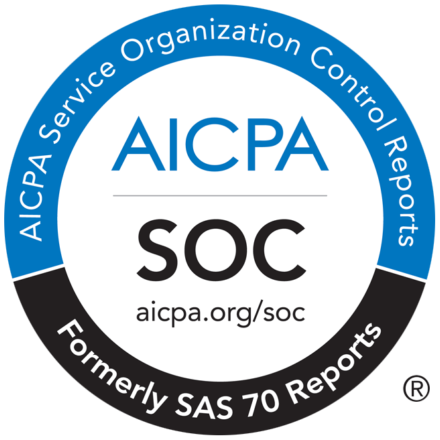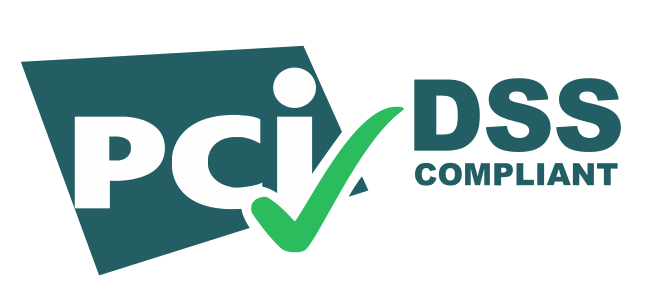Plagiarism in Urdu refers to using unauthorised content (meaning work belonging to someone else) and passing them on as one’s own creation. It encompasses written content, images, videos, and even ideas that belong to someone else. The issue of plagiarism is global. It is no longer limited to only printed media or only written works. All spheres of performing art are dealing with the issue of plagiarism and duplicate content.
Indeed, plagiarism always is not intentional. In case writers or content creators willingly copy others’ work without acknowledging any sort, it is called deliberate plagiarism. But there are many instances to prove people indulge in plagiarism since they cannot safely use others’ content.
A copied or inspired work of art without citation or acknowledgment of the sources is also plagiarism, but it is somewhat accidental or unintentional plagiarism.
About the Plagiarism Meaning in Urdu
Urdu is a language that has a beauty of its own. Apart from the fantastic creations like shayeris and poems, the language itself is stunning and has the charm to enchant people. Thus, instances of plagiarism in Urdu, just like any other language, are not uncommon.
Plagiarism, also known as piracy, literally translates as “Mazmoon Ki Chori” in the Urdu language. The act indicates the copied content created in both Urdu and Roman Urdu.
Thanks to technology, accessing languages like Urdu has become easier for writers with the help of online English to Urdu dictionary. It helps in checking the meaning of Urdu words in English and vice versa.
People often need to translate Urdu words or phrases into English to use in their writing. It has also given rise to the tendency of making use of readily available content.
In this digital age and the rat race, communication remains the key to success. People should learn and understand multiple languages for better communication.
However, people should remember if they want to create content in a foreign language, they must have a better grasp of it and not merely copy other authors’ created write-up.
Unknown Consequences of Plagiarism
Irrespective of its type, plagiarism of all kinds is unethical since it is a mere copy of someone else’s hard work, efforts, and labor. Plagiarism in all fields is dealt with strictness.
- To safeguard their original content, websites and content developers use copyright to protect content legally. The offenders face legal charges if plagiarism is reported. It includes monetary loss as well.
- The search engines penalize websites with copied content. Web pages with identical content are easy to locate. Search engines identify the source sites f such copied content and redirect users to the source site by manipulating the search result.
- In the academic field, students often seek assistance and use ready content to create their content. Educational institutions cancel papers and projects submitted by students that are created by using unfair means. Students also face the consequences in terms of loss of academic grade. Thus it is advisable to avoid plagiarism to reduce the risks of being penalized.
- In user-generated content too, plagiarism is not uncommon. Social media has provided an opportunity for self-expression to many content creators. Users create the content of different types to gain followers recognition. While such content creators gain popularity, brands use such user-generated content to promote their products and services. If such content is copied or duplicated, it affects the reputation of the content creators.
- Copied content affects website ranking. Even if the website operator uses SEO techniques, a copied content is not suitable for its reputation.
Handy Tips to Avoid Plagiarism
● Understanding Plagiarism Meaning in Urdu
On the one hand, word-to-word translation apps have made it easier for people to use Urdu languages in their written scripts. On the other hand, duplicate content checker tools have made it difficult for them to get away with pirated content written in Urdu or Roman Urdu. Plagiarized content in any language apart from Urdu gets detected with the help of software available online. The article checker software is free and easy to use. These tools generate results by conducting a content similarity check between two documents. It works as a proofreading tool saving people from the trouble of manual proofreading.
● Source Citing:
To safely use the outside source in their creativity, writers must familiarize themselves with source citing techniques. In this process, the writers acknowledge all the external sources they have used to create the content. Written piece with proper citation reduces risks of plagiarism, also passes the compare text tool.
According to the two popular writing formats APA & MLA, the easiest way to cite source issuing quotations and parenthesis: writing the directly quoted lines of the author within the quotation and mentioning the source, i.e., writer’s name, and other things. Another one is listing down the names of the different sources as references. It is also known as a bibliography.
● Fact-Finding:
What liberates the writers is knowledge. If the writers are well aware of the topic, they are capable of creating on their own. To achieve this, writers must gather knowledge about the subject and be ready with relevant facts. A thorough knowledge about their competitors also can keep them ahead of the game.
● Choosing Sources:
For avoiding plagiarism, creators must be cautious while choosing their source. Using information from a site that is protected by copyright will lead to copyright infringement. One can consider this as an act of plagiarism.
● Avoid Summarizing and Paraphrasing:
Unlike popular belief, summarizing and paraphrasing also contribute to plagiarism. To maintain the website and SEO ranking, writers alter the original content’s minimal changes before using them.
But plagiarism checker tools can quickly identify such content. Consider using synonyms of all words except the generic terms even while summarizing to avoid plagiarism.

